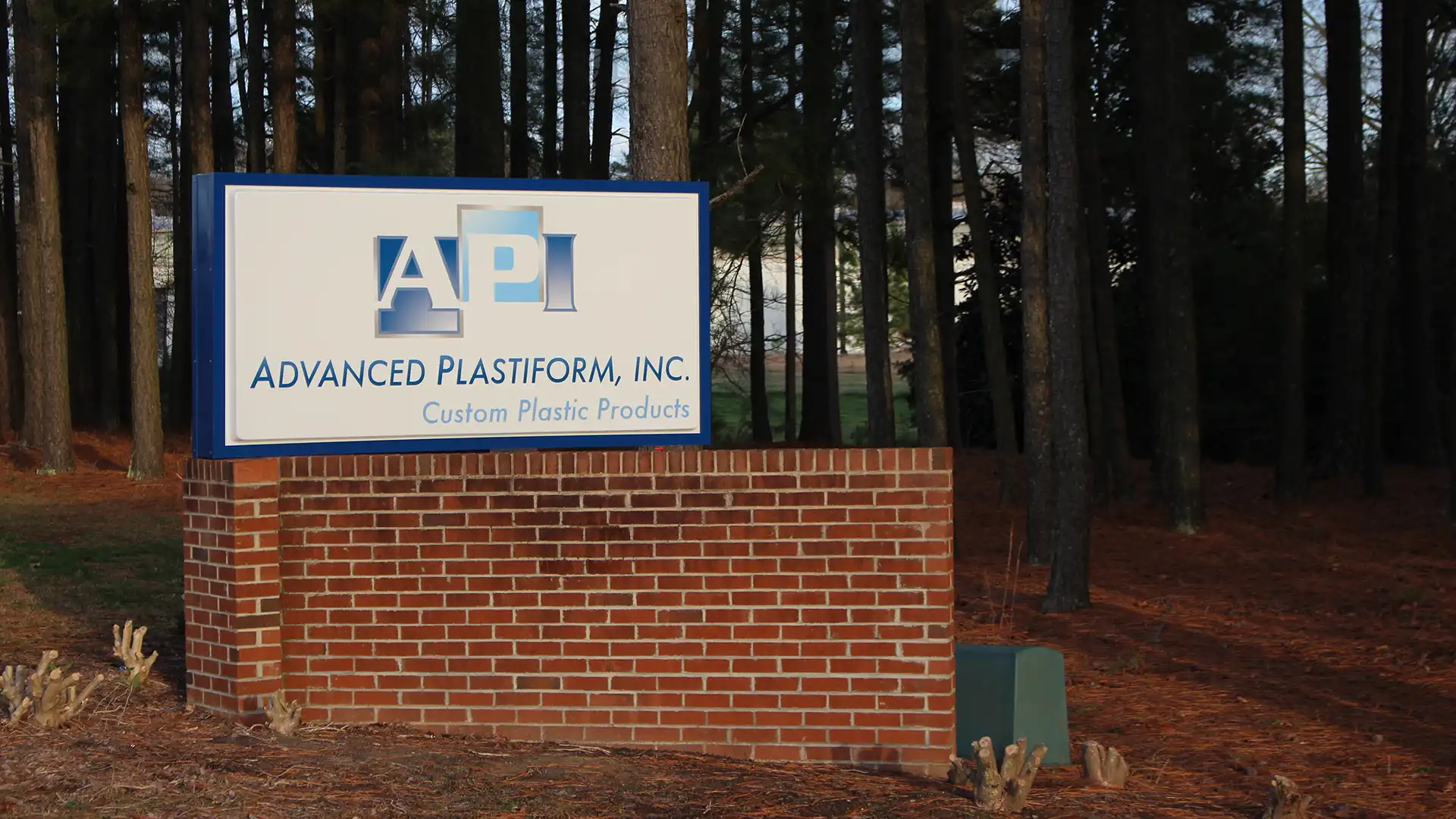One of the key benefits of thermoforming is the lower cost and much of this…
When thermoforming plastics, getting the tooling right is just as important to get the correct finished result as choosing the right materials and having a proper design. If the tooling is correct, it will ensure accurate and consistent angles, lines, texture, and shape to both the design and from one piece to the next. To help you understand how to get the best results, our thermoforming company in North Carolina is sharing a closer look at thermoforming tooling.
Understanding Thermoforming Tooling
Tooling is simply another term for a mold, and in this case, one that is single-sided. The sheet of plastic is heated to where it is flexible, then clamped down to the tooling. Vacuum vents are cut in the tooling to remove all the air between the polymer and the mold, ensuring a tighter fit to the mold and a more accurate design.
Thermoforming tooling can be either "male" or "female." Male tooling is convex, meaning the shape protrudes higher than the clamps. The plastic is draped over the shape and clamped into place, with the dimensions of the tooling inside the plastic. Female tooling is concave, and the plastic is pulled down inside the mold to get the final result.
Male tooling is much less expensive and the plastic doesn't get marred with mold marks on the surface, while female tooling allows for a more complex shape and sharper corners.
Materials Used in Thermoforming Tooling
For manufacturing purposes with large product runs, thermoforming tooling is made from either cast aluminum or machined aluminum.
Machined Aluminum
Tooling from machined aluminum means it was cut from a large block or piece of aluminum, usually using CNC machining. This is typically the preferred method of fabricating tooling as vacuum vents can be added easily to remove air, and with minimal porosity, the tooling allows for more detail.
Cast Aluminum
Cast aluminum is melted and molded into a shape. This is less expensive and produces a consistent result and minimal warping, but more vacuum vents need to be added which affects the texture.
Whether you choose machined or cast aluminum, the aluminum must be temperature-controlled to ensure it maintains a consistent temperature and is cooled during the process to achieve the best results.
Prototype Tooling Materials
For extremely limited run plastics or prototyping, it's important that the tooling is inexpensive and affordable. To achieve this, tooling is often made from the following:
- 3D printed plastic
- Epoxy
- Ceramic
- Fiberglass
- Wood
- Ren (engineered polyurethane board)
Factors That Affect the Tooling Used in Thermoforming
Several factors will determine the best tooling design. Whether you're debating between male and female molds or cast and machined aluminum, you'll need to consider the following:
- Complex design features, such as undercuts and draft angles;
- Cosmetic design features;
- Adding texture to the design;
- Possibility of chill marks or webbing;
- Cost and turnaround time;
- Product runs;
Call Us for a Free Quote on Thermoformed Plastics
If you need custom plastics or plastic components, contact Advanced Plastiform, Inc. We have an experienced design and manufacturing team that can work with you to ensure you get the exact custom part or product you need, and we offer fast turnaround times and low per-unit pricing. We work with companies and industries across the Mid-Atlantic and Southeast, including North Carolina, South Carolina, Pennsylvania, Maryland, Tennessee, Georgia, and Virginia.

